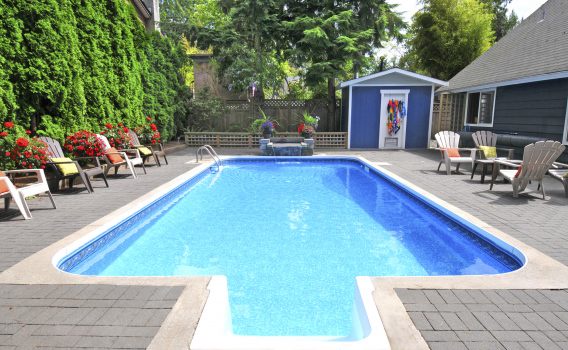Swimming pools are a source of joy and relaxation, but the development of cracks can quickly become a headache for pool owners. Gunite pools, known for their durability and versatility, can also experience cracks over time. In this comprehensive guide, we will explore the topic of Gunite pool crack and provide you with an ultimate guide to effectively fixing them, ensuring the long-term integrity and beauty of your swimming pool.
Understanding Gunite Pool Cracks
Gunite pools are constructed using a combination of dry cement, sand, and water, resulting in a solid and resilient structure. However, various factors, including ground movement, structural stress, poor construction practices, and environmental conditions, can contribute to the formation of cracks in Gunite pools. It is crucial to understand the causes and characteristics of these cracks before proceeding with the repair process.
Step-by-Step Guide to Fixing Swimming Pool Cracks
- Thorough Inspection
Begin by conducting a thorough inspection of your Gunite pool to identify all existing cracks. Carefully examine the pool shell, coping, and tile work for any signs of damage. Note the size, location, and severity of the cracks, as this information will guide you in selecting the appropriate repair techniques.
- Crack Preparation
Prepare the cracks for repair by cleaning them thoroughly. Remove any loose debris, dirt, or damaged material from the crack using a wire brush or similar tools. Proper crack preparation is essential for effective repair and ensures a strong bond between the repair material and the pool surface.
- Crack Repair Techniques
Choose the most suitable crack repair technique based on the size and severity of the cracks. Common repair methods include crack injection and surface patching. For smaller cracks, crack injection involves filling the crack with epoxy or polyurethane resin to seal and reinforce it. For larger cracks, surface patching is used, where a pool-grade patching compound is applied to the crack and surrounding area, creating a smooth and seamless surface.
- Replastering and Resurfacing
In cases where the cracks are extensive or the pool surface is deteriorating, replastering or resurfacing may be necessary. Replastering involves removing the old plaster and applying a new layer, restoring the pool's aesthetics and structural integrity. Resurfacing is an alternative option where a durable and long-lasting pool coating is applied over the existing surface, providing a fresh and updated look.
- Preventive Measures
Preventing future cracks is crucial to maintaining the long-term integrity of your Gunite pool. Implement preventive measures such as proper construction practices during initial installation, regular maintenance, and monitoring of water chemistry. Address any issues promptly to prevent them from escalating into major problems.
Conclusion
Swimming pool cracks are a common concern for Gunite pool owners, but with the right approach, they can be effectively repaired and prevented. By following the step-by-step guide provided in this ultimate guide, you can restore the integrity and beauty of your pool. Remember to conduct thorough inspections, choose the appropriate repair techniques, and implement preventive measures to ensure the long-term durability and enjoyment of your Gunite pool. With proper care and maintenance, your swimming pool will continue to be a source of relaxation and recreation for years to come.


No comments yet